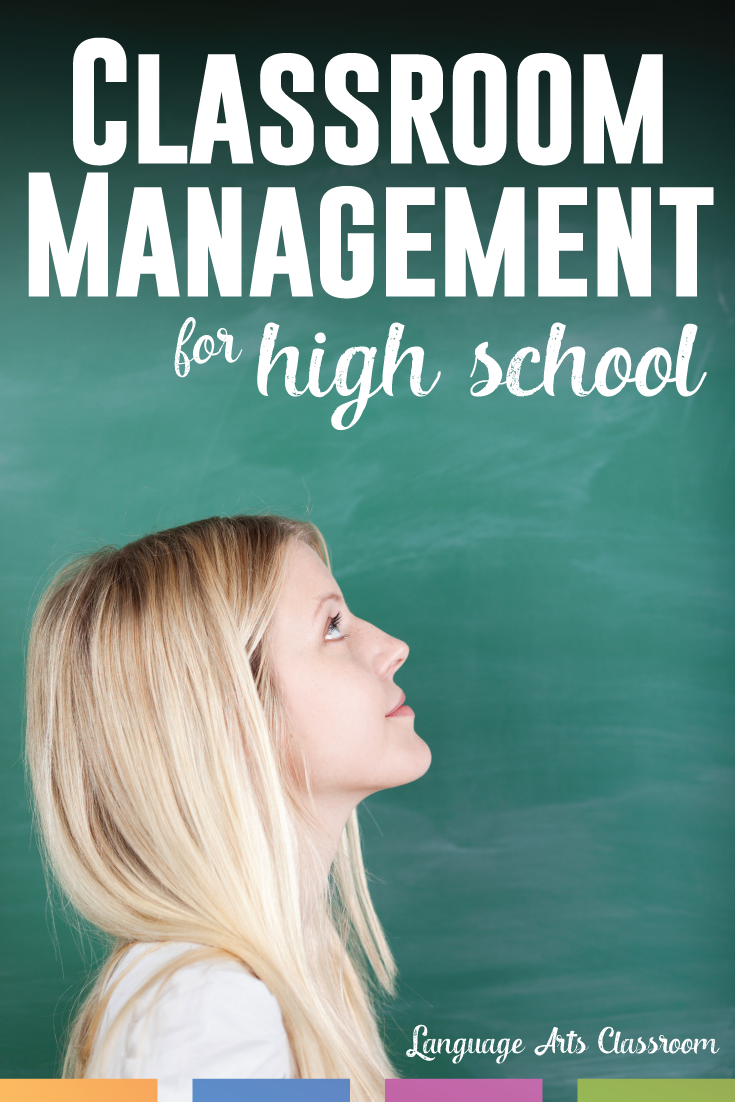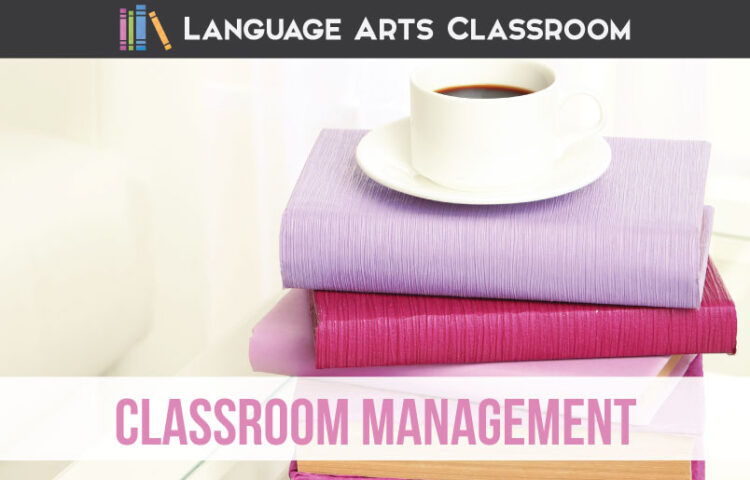I recently wrote about implementing meaningful classroom procedures for older students. That post only brushed the surface, so I’m elaborating today about high school classroom management.
Classroom management. Theories surrounding it change with research, societal beliefs, and school needs. How to manage a class sparks debate amongst experienced educators, and many theorize that teachers leave the field in droves because of student behavior.
A theory is that spending time at the start of the school year, focusing on classroom routines, makes students comfortable, and provides them with a sense of belonging. They know the expectations, they know what to do. Because of those systems in place, the classroom works like a machine, with few behavior problems.
As I researched this blog post, I ran across the American Psychological Association’s classroom management guidelines. Overwhelmingly, they are prevention-based ideas. Part of creating a proactive high school classroom management plan is to provide students with a plan for your class.
Routines and procedures provide students with structure and expectations. They aren’t difficult or out of reach expectations; in fact, I’ve found that students are happy when they complete routines. In a world where teenagers feel like they do nothing right, they’ve already completed routines, and an adult is happy about it!

These are a few routines I explain at the start of the school year, rarely need to reexplain, but improve my overall high school classroom management.
1. Starting class.
A simple routine can be that students will enter the classroom and sit down. Otherwise, you may have to stop conversations, ask students to sit, and start late.
If students begin the class writing in a journal, completing a bell ringer, or taking notes, make that a routine.
Give students the expectation of the routine so class can begin on time.
2. During class.
Naturally, you’ll have the most routines during class, even if you don’t use them everyday. Consider:
- signing out for the bathroom?
- borrowing paper/ pencils?
- turning in papers?
- raising hands?
- sharpening pencils?
- filing papers?
- returning books? binders?
- whatever is specific to your classroom or school building.
These are all examples, and they depend on situations. I once taught in a school where students had to sign out for the bathroom. They would face consequences (and no one was pleased with me either) if they went to the restroom and they were not on a sign-out sheet. Teaching before, I never had a routine for this, but I suddenly needed a sign-out routine.
Another example is with raising hands. With freshman, their routine for me includes raising hands to speak. With senior speech students, I don’t rely on that. Those students study effective communication, and part of the class is that they will communicate in a mature manner. They might raise their hands out of habit, but primarily, they take turns speaking and collaboratively working.
Like so much, routines for each high school classroom depends on situations, teachers, and students.
3. Ending class.
A routine to finish class was the most difficult for me to establish. Time would get away, the kids were working well—something. I eventually forced myself to end class with a routine, and I’m glad I did. We would summarize what we did in class, discuss remaining assignments, and close with what we would do next time.
***
These routines needn’t be drilled or repeated frequently. Honestly, older students respond to reminders after they know your expectations: “We’re going to get into groups, so gather your papers, pick up your desks, and begin the work.”
Plus? Routines create community, and that can be tough as students get older because they have numerous teachers. Students know what it takes to run the classroom, and it runs because of them! Finally, as you develop meaningful relationships with older students, management becomes easier.
A successful high school classroom management plan has many components including back-up lessons. Explaining routines and expectations removes some of the mystery, some of the difficulty for students. They respond better. Practical routines can benefit older students, and your classroom management.


